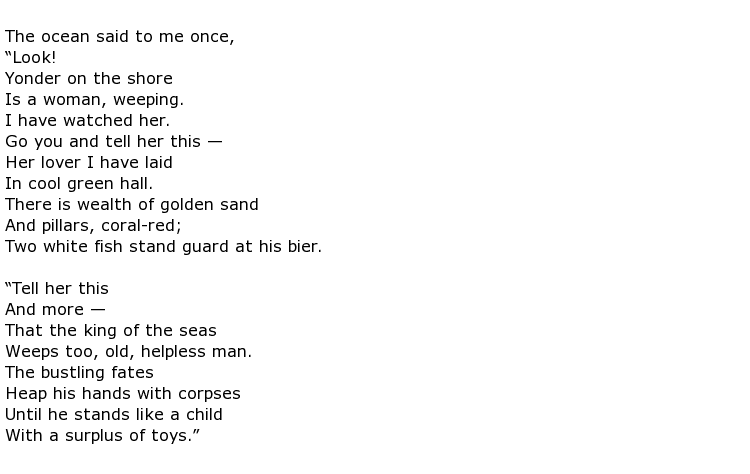 Stephen Crane was a 19th century American poet, journalist, writer of short stories and novelist whose most famous book,
Stephen Crane was a 19th century American poet, journalist, writer of short stories and novelist whose most famous book,

drew plaudits from all over the literary community, including luminaries such as Ernest Hemingway. He lived a tragically short life but is remembered as an innovative writer who incorporated imagism and realism into his work.
He was born on the 1st November 1871 in Newark, New Jersey. His father was a Methodist minister in the Episcopal church and his mother bore fourteen children, Stephen being the youngest, although four of these died in infancy. It was a sign of things to come when it became clear that he was a sickly, weak child who was prone to regular bouts of illness. Despite this though, he was a bright boy who had already learned to read by age four. He was keen on writing and produced his first poem at eight years old. It was called I’d Rather Have… and was a plea for a dog for Christmas.
Stephen lost his father that same year and the family moved to Roseville, although Stephen was left in the care of first one brother, then another, over the next few years. His formal education really began at the Pennington Seminary that was once run by his father. This was in 1885 and he went on to Claverack College two years later, which was a quasi-military school. He had happy times there and enhanced his knowledge of literature and history considerably. He also used his time there to harvest information and anecdotes from those members of staff with Civil War experience, all vital stuff when he came to write his novel

At 17 he began his journalistic career as a summertime writer at a New Jersey shore news bureau, working there every summer until 1892. He began his writing for them with an account of the Stanley and Livingstone African explorer story. He was still unsure about what kind of full-time career he wanted to follow and he began a mining engineering degree course at the Pennsylvanian Lafayette College. His heart was not really in it, preferring instead to join literary societies. At the end of the first semester, Crane moved on to Syracuse University where, in truth, he still had no real interest in formal studies. Indeed, he declared college “a waste of time” and he concentrated instead on his writing.
He came close to losing his life in 1896 when, on his way to Cuba to become a war correspondent, the boat sank and he spent over 30 hours in an open dinghy with other survivors. He recorded his experiences in a short story called

He went on to have a relatively successful career covering other conflicts and wars in Greece and, for a time, decided to live in England where he associated with famous writers such asH G Wells and Joseph Conrad.
Although he received a great deal of praise for his novels, his poetry was, in general, less well received. His first collection was published in 1895 under the title The Black Riders and Other Lines and actually received a fair amount of criticism. Crane was derided for his unconventional style and use of free verse. In fact, one critic said that

Others called it “poetic lunacy” and “so much trash”.
Here is an example of Crane’s poetry, a piece called The Ocean Said to Me Once:

His literary output over a four-year period amounted to two collections of poetry, three of short stories and five novels, along with miscellaneous pieces or reporting and article writing. His Red Badge of Courage is considered to be a true American classic.
His later years were beset with health and financial problems and he was admitted to a sanatorium in the German Black Forest, suffering from tuberculosis.
Stephen Crane died on the 5th June 1900 at the young age of 28.

